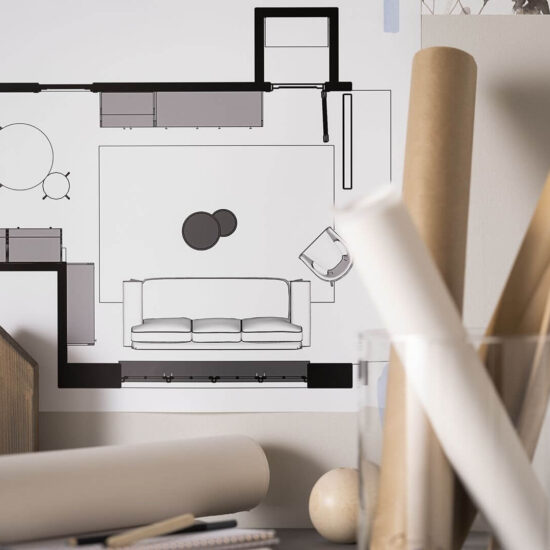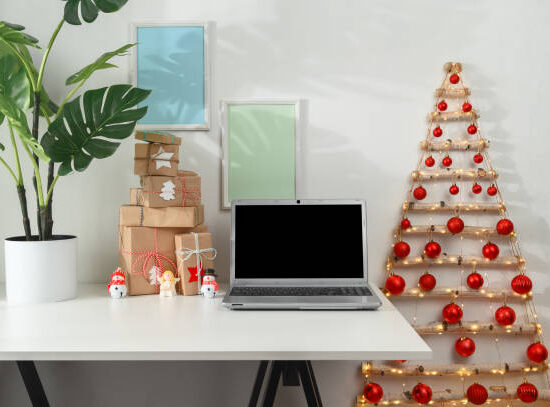Office Areas: Refining Productivity Through Intelligent Interior Design DRAFT
Creating a productive workspace is a top priority for many businesses today. It’s not just about arranging work stations, but about creating offices that enhance efficiency, boost employee morale, encourage collaboration, and reflect company values. Modern interior design plays a significant role in shaping these environments and here’s how.
Energizing Employees with Ergonomic Design
Ergonomics forms an integral part of office interior design. It involves integrating furniture and equipment that enhance comfort, efficiency, and safety. Employees spend a significant amount of their day at their workstations. Therefore, comfortable seating arrangements, adjustable desks, sufficient lighting, and strategically placed equipment can all contribute to a smoother workflow and healthier work environment. For instance, placing monitors at eye level can prevent neck strain, while sufficient desk space can reduce clutter and improve focus.
Fostering a Collaborative Environment
The latest trend in office spaces is the shift towards open-plan designs and co-working spaces. This trend is driven by the need for increased interaction, idea exchange, and collaboration among employees. Having breakout areas where employees can gather to discuss ideas informally can spur creativity and foster teamwork. Meeting rooms that are technology-friendly and designed to facilitate discussions further contribute to collaboration and innovation.
Reflecting Brand Identity
The office space is an extension of a company’s brand, and well-executed interior design can help reinforce its brand identity. Elements such as color schemes, artwork, and branded installations can reinforce branding and cultivate a sense of belonging among employees. For instance, a tech startup might opt for a contemporary design with vibrant colors and quirky installations to convey their innovative culture, while a law firm might choose a more traditional, elegant design to reflect their professionalism.
Environmental Impact
With an increasing focus on sustainability, many companies are incorporating environmentally-friendly elements into their offices. This can be achieved in numerous ways – from using recycled materials in constructions and furnishings, to incorporating indoor plants that can improve air quality. Maximizing natural light not only boosts mood and energy levels among employees but also significantly cuts down on electricity usage.
Adapting for Effectiveness
Great office design also takes into consideration the specific requirements of different teams. For instance, while an open-plan layout may work well for a team that requires constant communication and collaboration, it might be disruptive for a team that requires quiet and concentration. Taking these factors into consideration and having designated zones for different types of work can contribute to improved productivity.
Balance and Flexibility
The modern workplace is evolving, and flexibility is key. Many companies are incorporating hot desks and platform areas where employees can change their setting depending on their tasks. Similarly, including quiet spaces where employees can go for focused work or relaxation can also contribute to employee wellbeing.
Clearly, office interior design has a profound impact on the way businesses function. By optimizing spaces for productivity, collaboration, and comfort, businesses can create a conducive environment that motivates employees, increases morale, and ultimately, drives success








No Comments
Sorry, the comment form is closed at this time.